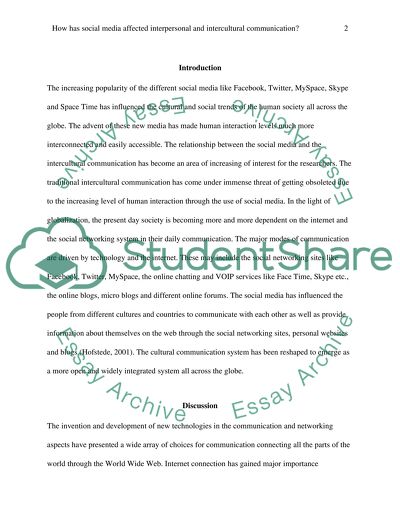Cite this document
(“Social Media Affecting Interpersonal And Intercultural Communication Essay”, n.d.)
Retrieved de https://studentshare.org/journalism-communication/1498512-social-media-affecting-interpersonal-and-intercultural-communication
Retrieved de https://studentshare.org/journalism-communication/1498512-social-media-affecting-interpersonal-and-intercultural-communication
(Social Media Affecting Interpersonal And Intercultural Communication Essay)
https://studentshare.org/journalism-communication/1498512-social-media-affecting-interpersonal-and-intercultural-communication.
https://studentshare.org/journalism-communication/1498512-social-media-affecting-interpersonal-and-intercultural-communication.
“Social Media Affecting Interpersonal And Intercultural Communication Essay”, n.d. https://studentshare.org/journalism-communication/1498512-social-media-affecting-interpersonal-and-intercultural-communication.


